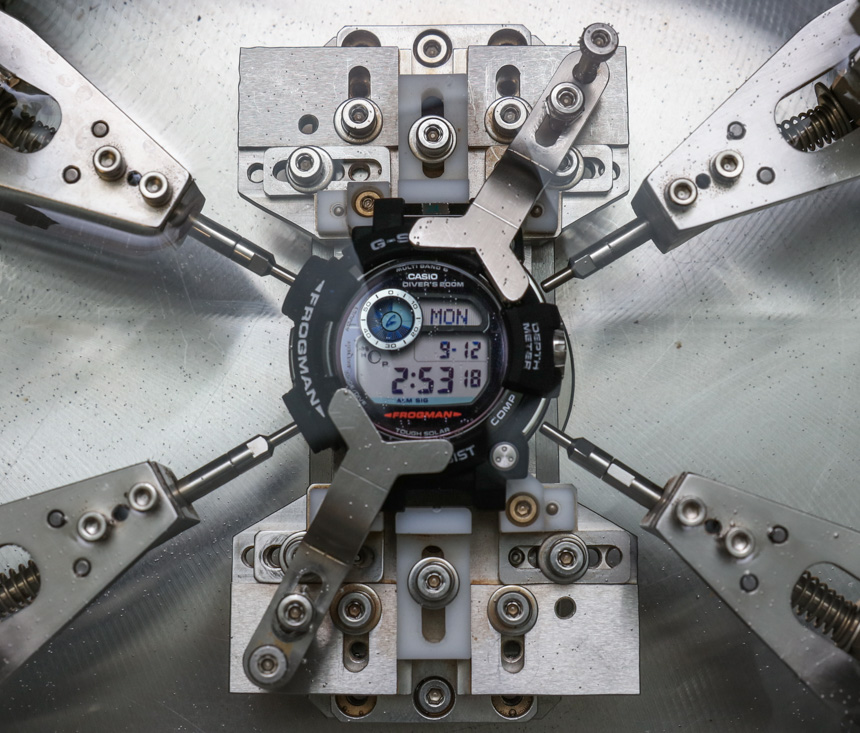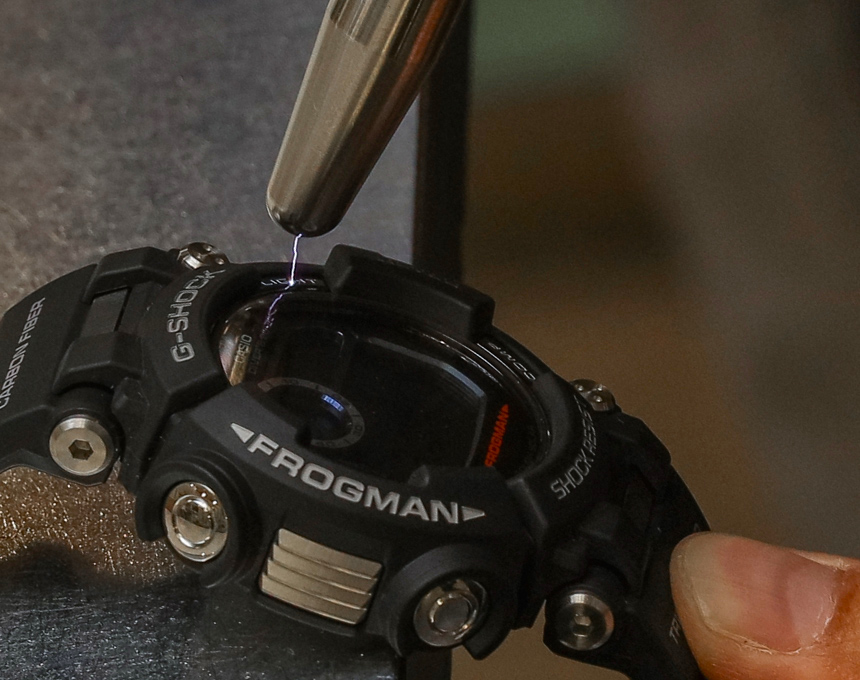
It was 1983 in Japan when Casio first released the now famous G-Shock watch collection. Its inventor, Mr. Kikuo Ibe developed the durability-themed watch quietly with an intent to end the frustration with what he and others felt was an industry of fragile timepieces. When it was first released, the modern-looking plastic watches were intended to appeal to active professionals such as police officers, construction workers, and emergency rescue personnel who needed timepieces that they didn’t need to worry about. Over the last 30 or so years, the Casio G-Shock has indeed been extremely popular with these groups of consumers, but as a product its popularity went far beyond its existence as a useful tool worn on the wrist.
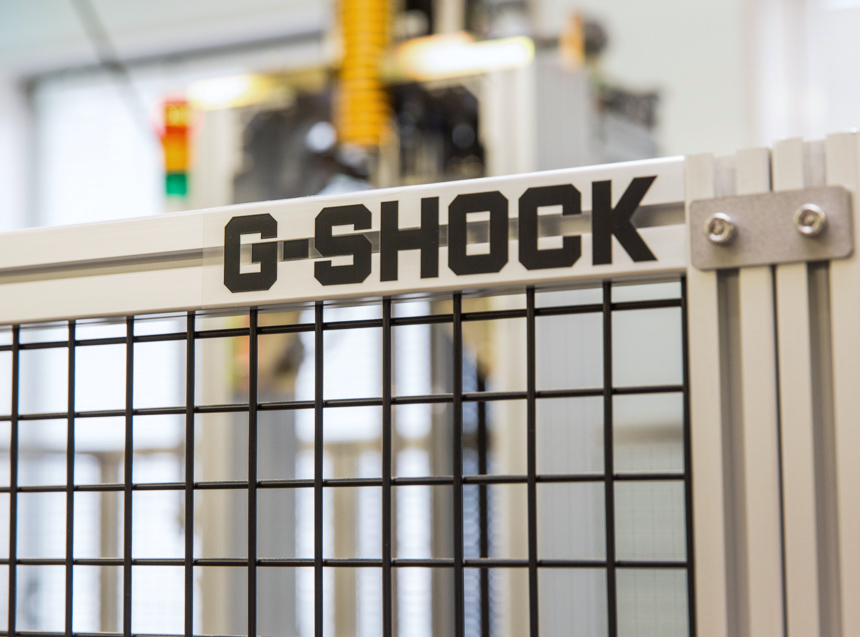
A Quick History Of The Casio G-Shock
The brilliance of G-Shock wasn’t apparent at the time when it was first released, as it was radically tech-themed and nerdy in a time when most Japanese business professionals still adhered to the classic dress watch look so deeply engrained in the hierarchical business structure of the society. Brands like Seiko and Citizen had elaborate dress watch collections with specific models intended for people to get in steps as they went up the corporate ladder. Sport watches were for, well… sports. And it wasn’t easy to adapt the society’s way of thinking from preferring a more traditional metal dress watch to something black and plastic.
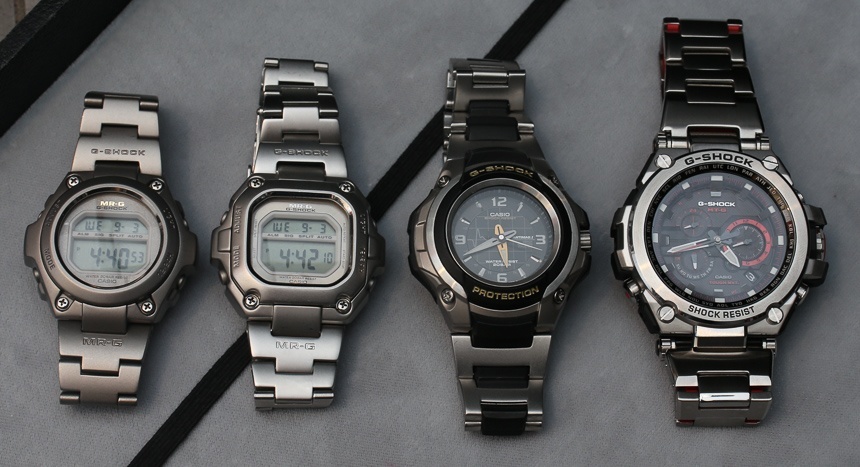
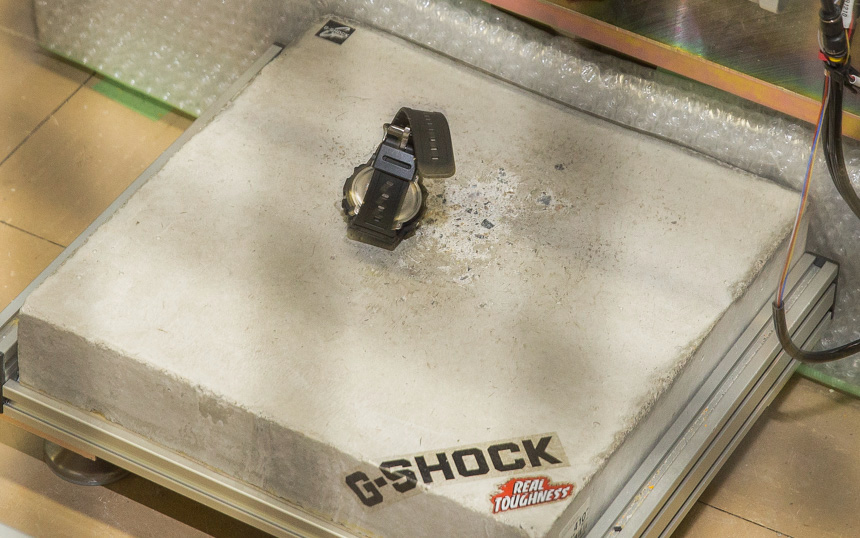
Interestingly enough, 13 years after the original G-Shock debuted Casio finally came out with what it hoped was the Casio G-Shock for business people with the MR-G (or “Mr. G”) collection in 1996. With a metal case and bracelet, Mr. Ibe and his team perhaps for the first time developed a Casio sports watch for style that would live up to the legendary “abuse-resistance” of the G-Shock – though for a more sophisticated audience.
These days, most consumers take the “shock-resistance” and other durability features of G-Shock and competitor watches for granted. People more or less assume that inexpensive sport watches will be items you can drop, throw, submerge, vibrate, smash, and scrape with minimal if any damage whatsoever. That’s the G-Shock legacy, and it is ironically something people rarely remember to credit to Casio, even though the company is largely responsible for the timepiece you wear and never need to worry about.
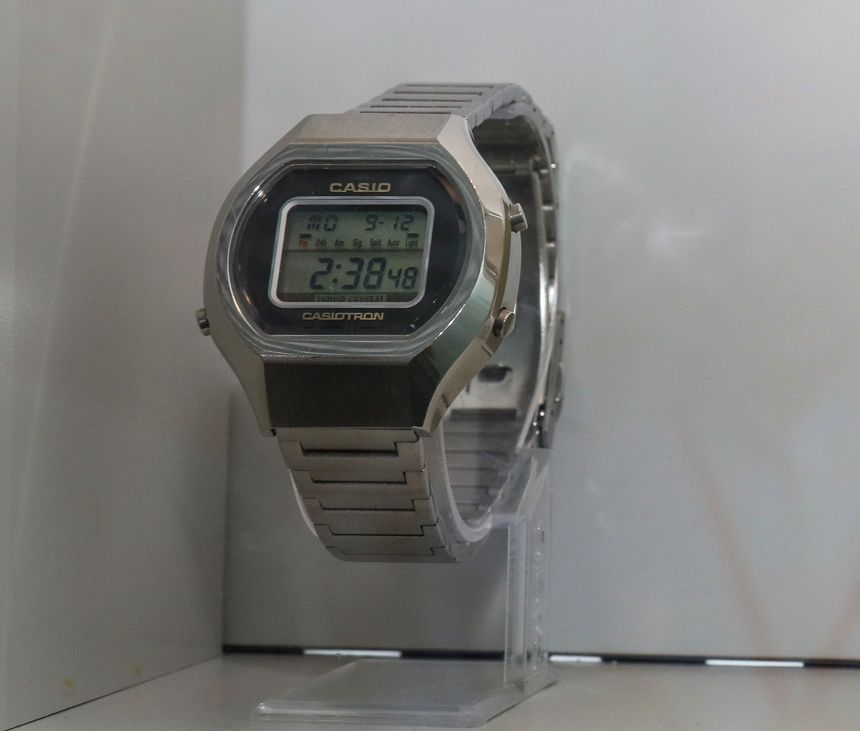
In the 1980s Casio was interested in aggressively-priced volume watches that would serve the needs of people everywhere doing things that require durable modern timepieces. The 1980s was the heyday of the quartz watch, but prior to the time when people had mobile phones or other devices on them in order to tell the time. A youth population keen to look cool and standout, but who also needed the utility of telling the time quickly adopted the Casio G-Shock as its gadget of choice – which, as Casio eventually found out, would be what made their hard work in Japan famous around the world.
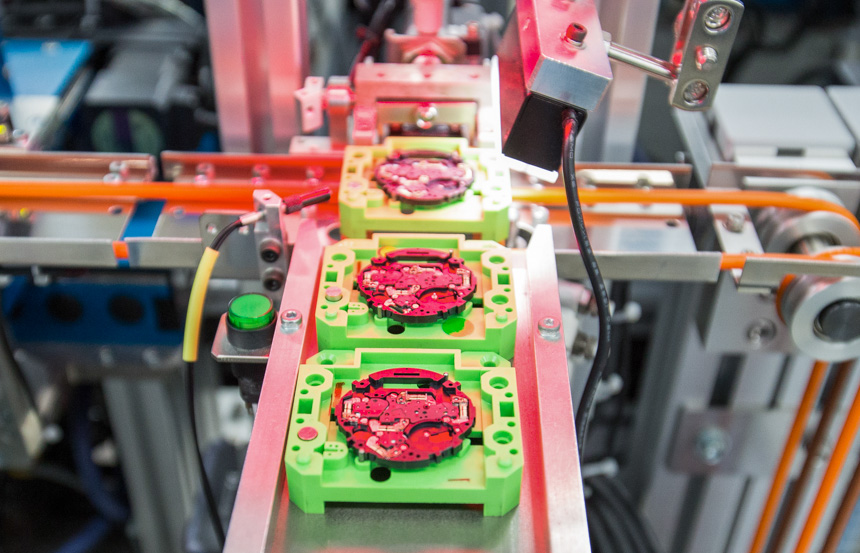
In 1997, Casio G-Shock watch sales spiked dramatically. Casio thanked adoption of American youth pop culture and street culture (including everything from music to extreme sports) for a surge in popularity and sales. At this time, the market started to see something new: Casio as a fashion item. G-Shock and other Casio watches began to be introduced for what they looked like and a dizzying array of styles, colors, and themes appeared around the world. Casio was responding to the market, but at the same time they were simply following their core philosophy of adapting to what consumers wanted while also producing specific watches for an increasingly niche assortment of lifestyles and needs. This philosophy remains very consistent today.

After 1997, Casio G-Shock sales began to fall with a serious dip that Casio simply attributed to the fact that “everyone who wanted a G-Shock had one.” Some claim that the popularity of the G-Shock watches among so many people constituted a fashion trend, and that by definition it wasn’t meant to last. Other’s point out that the Casio G-Shock was too well-designed to be continually purchased again and again by the same consumers because it simply lasted too long. For that reason, Casio was intent on offering returning customers new reasons to buy products as opposed to having to purchase the same product again (a laudable strategy in an age of rampant planned obsolescence). It wasn’t as though G-Shock sales fell apart after 1997, but Casio clearly felt that they needed to reevaluate the strategy of their strongest selling product in preparation for success in the 21st century.
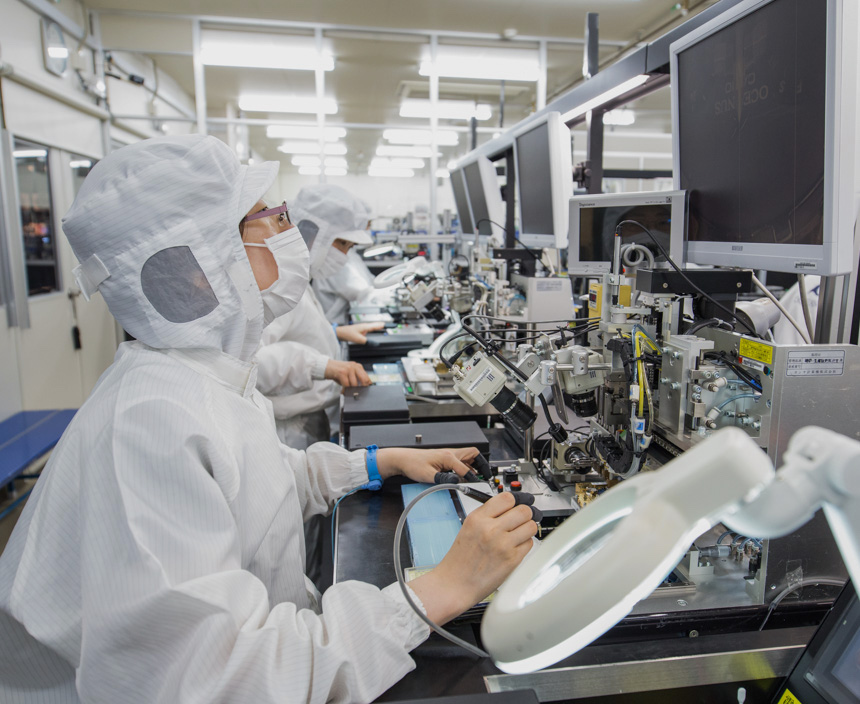
G-Shock Watch Development & Assembly In Japan
Before I talk about the “state of the G-Shock” today, I’d like to speak a bit more generally about how G-Shock watches are conceived as well as what they often mean to collectors. I have some personal ideas and theories on the success of the product as well as of Casio in today’s complicated and dense wristwatch market. In today’s world, anything designed and assembled inside of Japan is often seen as a premium product. That’s not just marketing but often true, as Japanese products (electronics and machinery, especially) are seen as being designed to perform well with a high degree of efficiency, user satisfaction, and of course reliability.
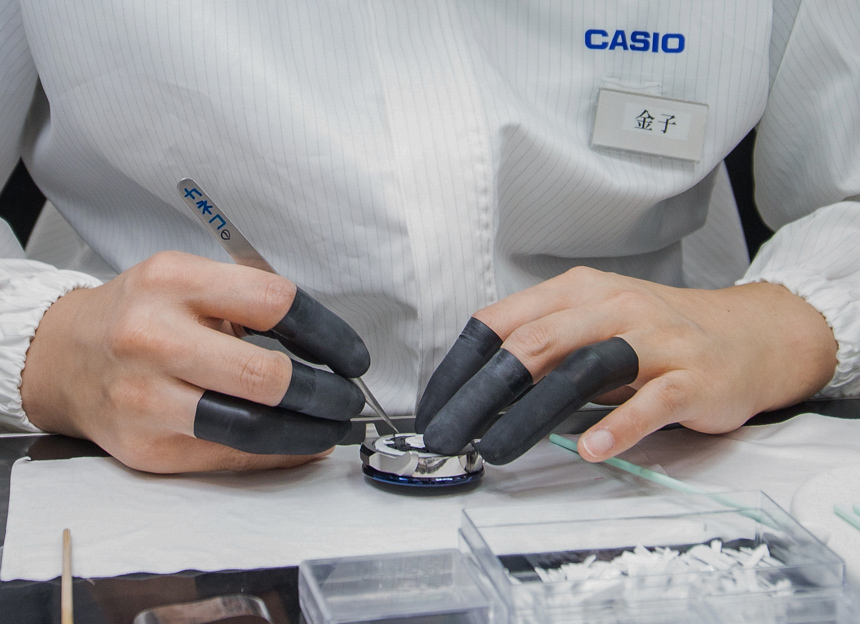
Casio G-Shock collectors know that the more expensive models don’t just boast better materials and often technology, but also that they are assembled (mostly by hand, actually) inside of Japan. Casio’s premium range of G-Shock watches are designed and developed in Hamura, Japan, and then assembled at the company’s manufacture in Yamagata. Casio as a corporate entity is headquartered in Tokyo and, like many large Japanese companies with over 10,000 employees (Casio has just over 11,000 employees across all business units), has a series of offices around the country as well as the world.
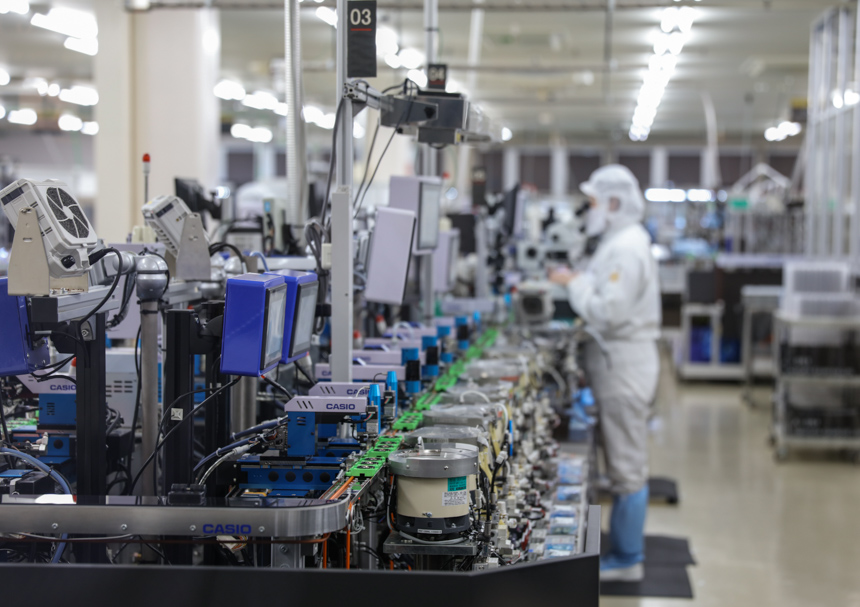
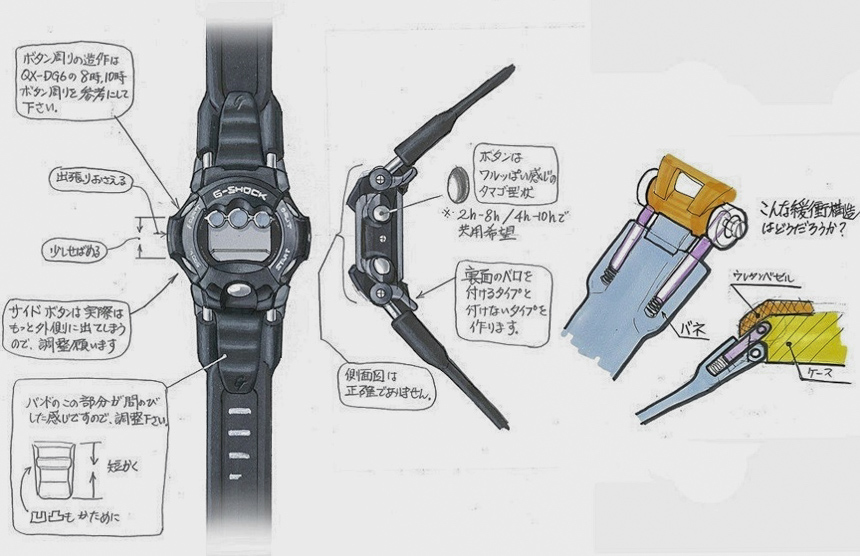
The heart of Casio’s watch business is, however, in my opinion, the R&D facility in Hamura. It was this location where Mr. Ibe originally designed the Casio G-Shock back in the early 1980s as well as where G-Shock watches are developed and tested today before anything gets to final production.
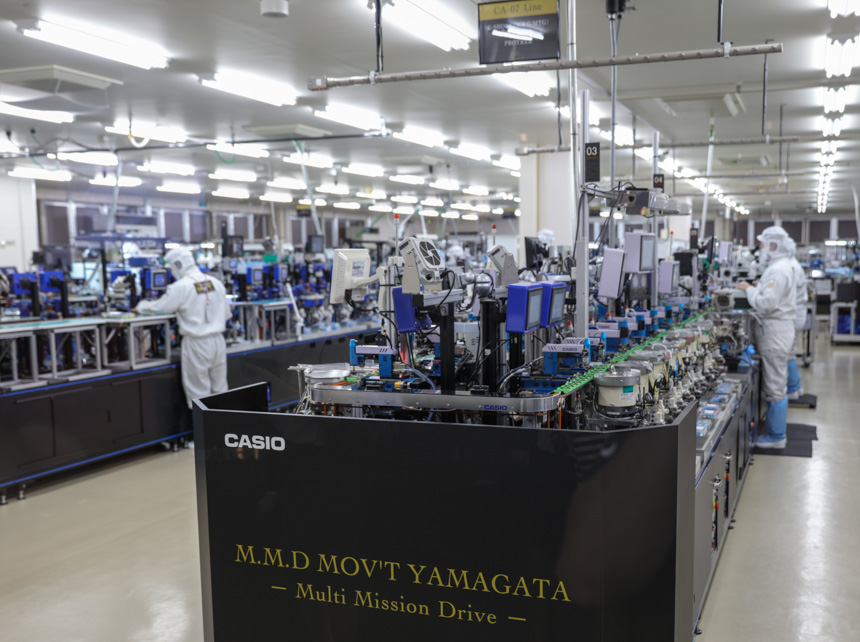
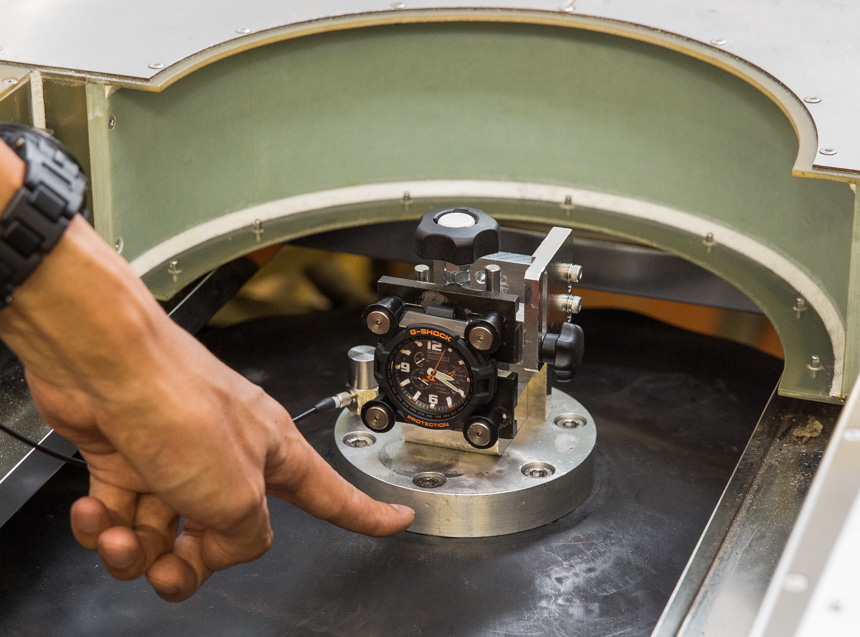
While photographic opportunities were limited at the Hamura facility, what I saw with my own eyes when visiting there was very interesting – and quite unlike what I’ve seen at most other watch companies, even in Japan. Anyone with a fondness for Tokyo’s Akihabara “Electric Town” will feel right at home in the facility packed with tech rooms and offices you’ll find there. It’s really an engineering nerd’s paradise, and you get the impressions the entire facility is more or less full of nerds trying to solve little problems one by one, and the higher-level management trying to reign it all in so that something marketable comes as a result.
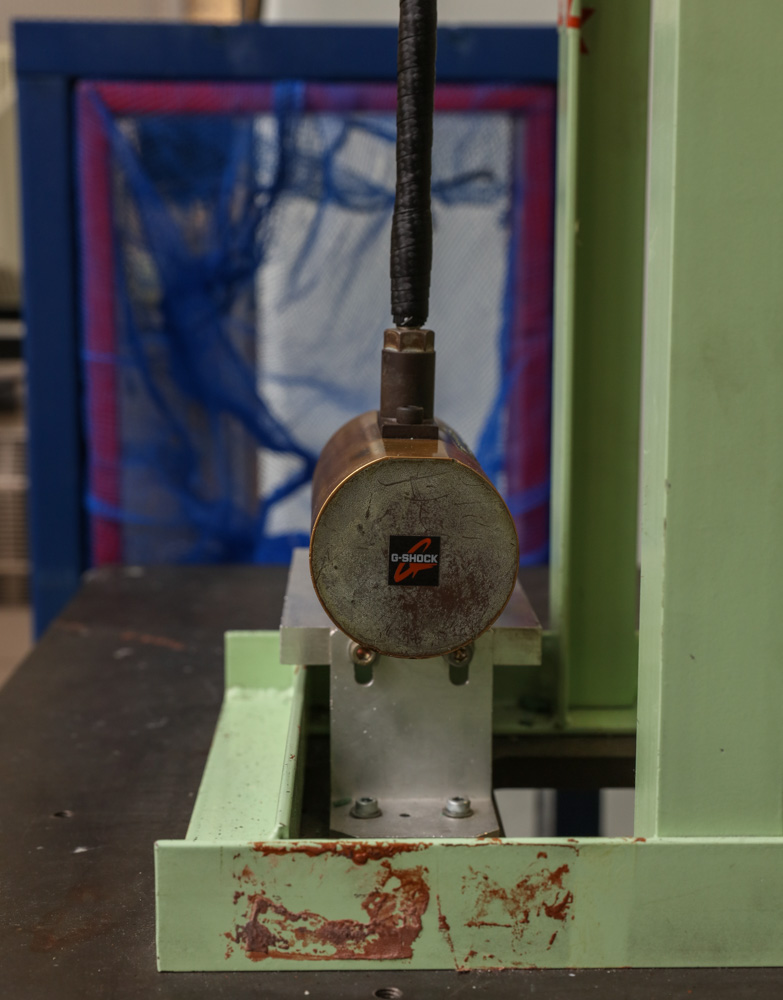
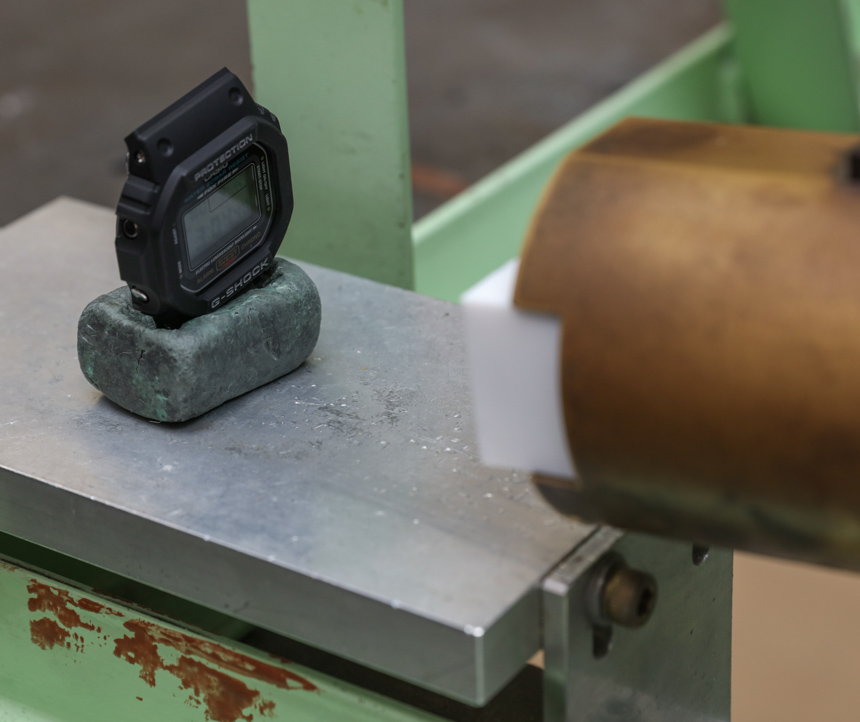
A good example is the durability and artificial aging testing room where G-Shock and other watches are tested until they break. Casio developed a machine to simulate drops. Mr. Ibe originally wanted to make sure that the G-Shock would survive a fall of 10 meters. By contrast, most mechanical watches can barely withstand a four foot drop. At first, Casio tested the watches by throwing them out of a window. Later, a machine was developed to simulate the task. The problem then became that Casio was developing watches that simply wouldn’t break under the dropping conditions used at the time. So what did Casio do? They developed another machine which, currently next to the original, simulates even higher velocity drops. Casio mandates that G-Shock watches need to survive something like 50 or so high velocity drops, but the team there actually tests a lot of them to see how many times it takes until the watches break.
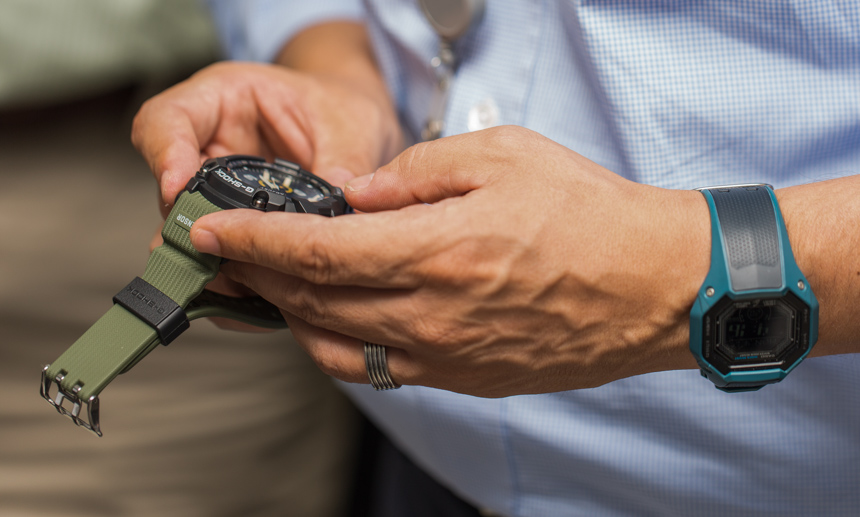
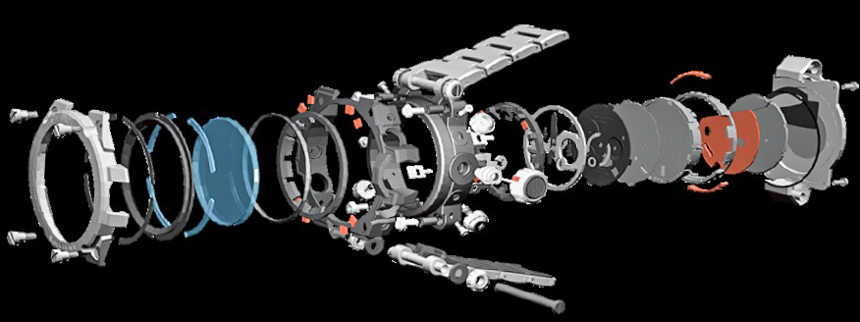
When they determine that a watch has been dropped enough times that it incurs some internal damage, the team excitedly takes the watch apart to see where the weak point was and then proceeds to find solutions in order to make it stronger. So far, none of the watches they have made will withstand the hundreds of drops the team has the patience to test. If they develop such a watch – which is not a stretch of potential engineering – they will just make a new machine that subjects the watches to even more dropping abuse.
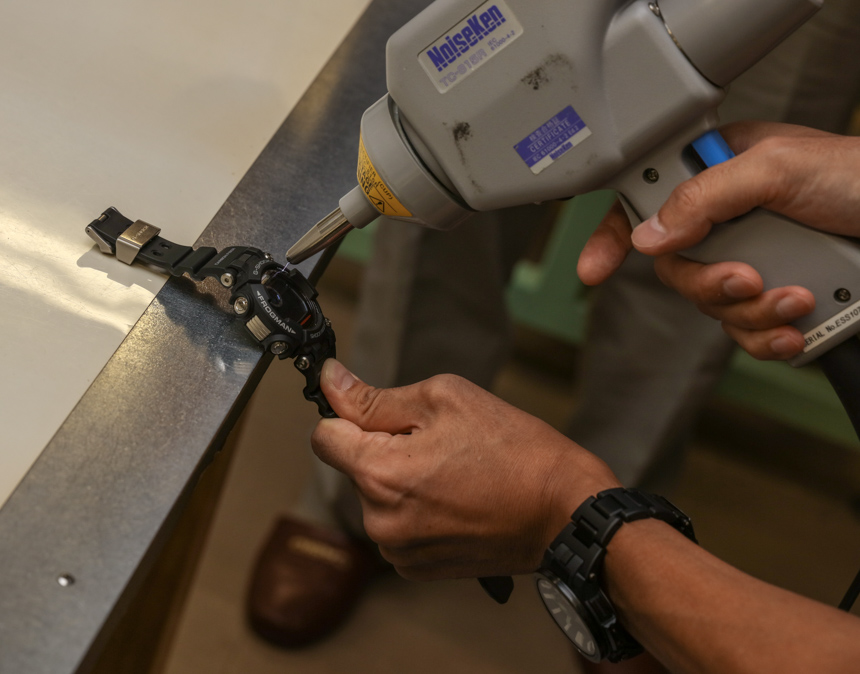
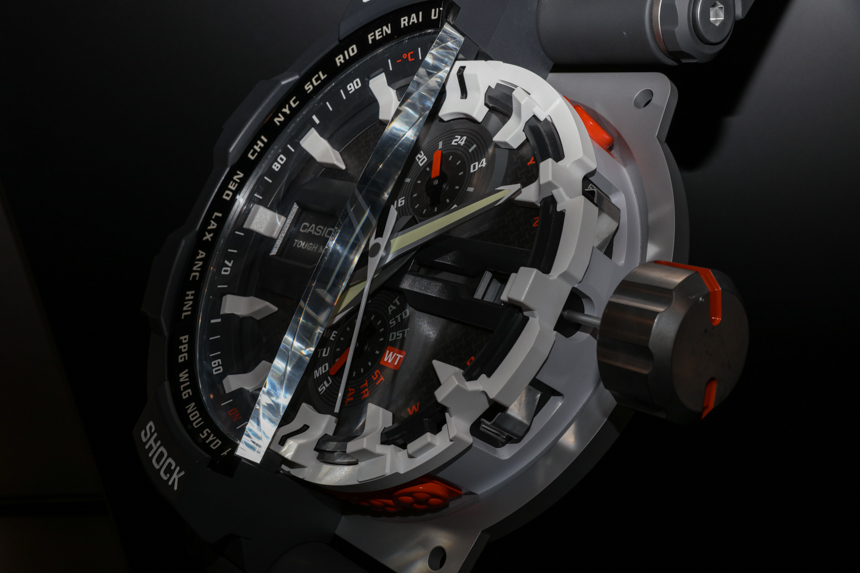
Casio G-Shock (and other product) design development isn’t just about durability, but also about functionality. What Casio shares in common with fellow Japanese watch makers Citizen and Seiko is the desire to build watches the user does not need to worry about. Comfort and convenience are highly valued elements of any consumer product in Japan so it makes sense that the country’s domestic watch makers are motivated by these forces when inventing new products.
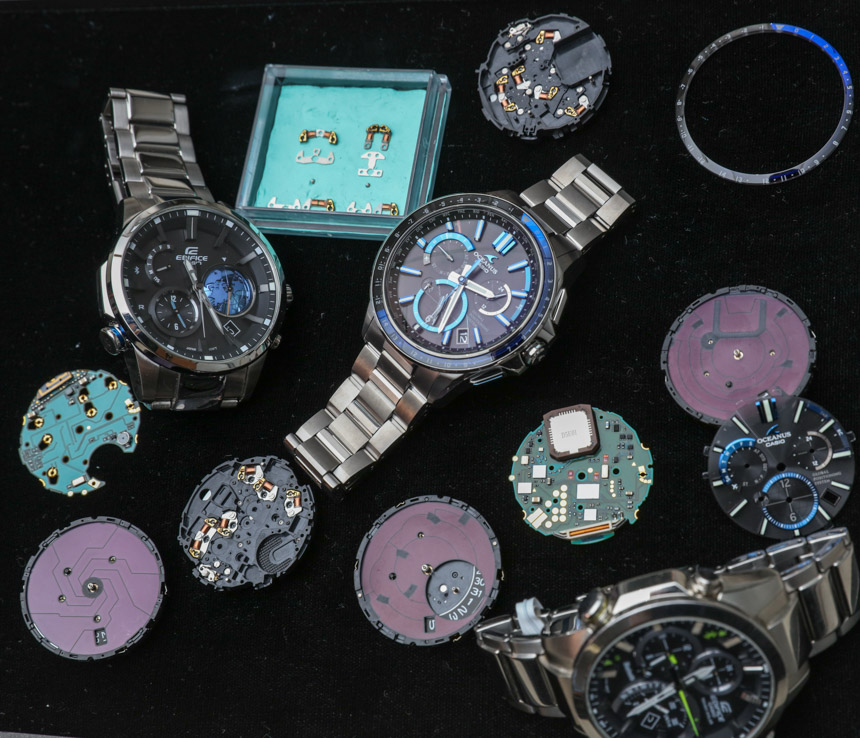
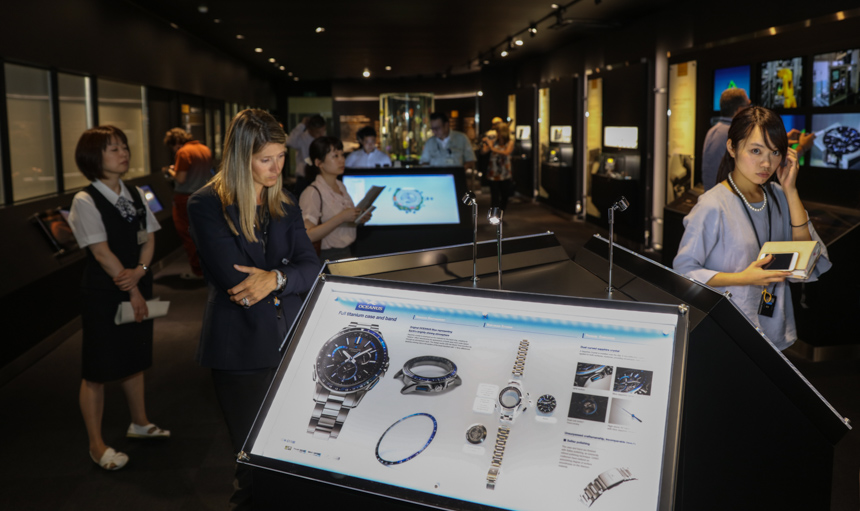
In the context of a watch, this means a timepiece which does not break, is always on time, and doesn’t need maintenance. This is why solar or motion-powered high-accuracy quartz watches are so popular in Japan. On top of that, the consumers in Japan seem to prefer watches that automatically synchronize with the country’s two atomic clock radio signals and, more recently, with GPS satellites around the world. It is all part of a unique homegrown philosophy about what makes a good product – and this is something that consumers around the world have come to appreciate from Japanese-made products, be they cameras or cars.
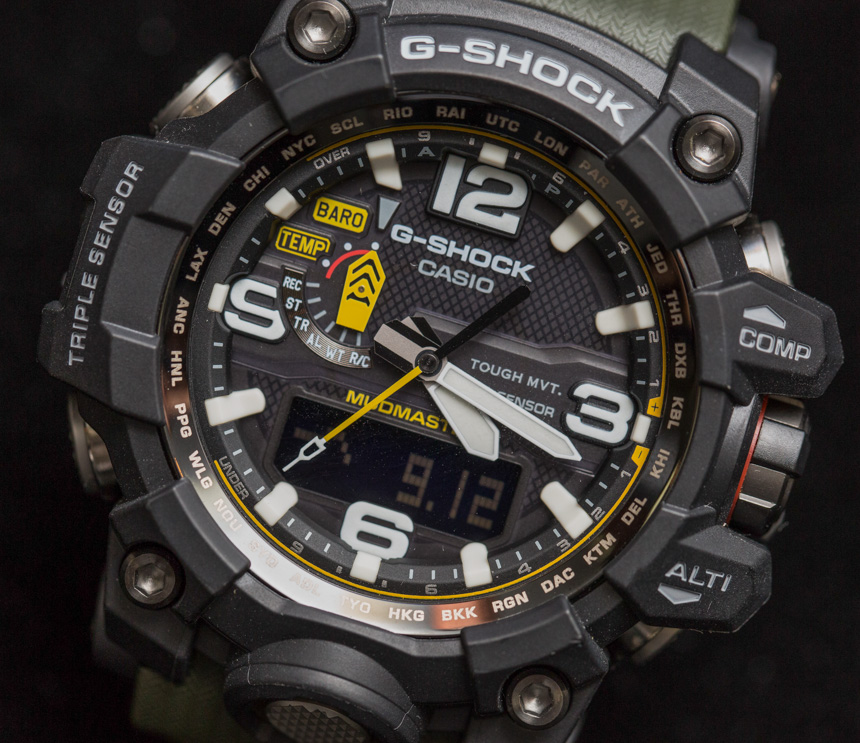
Where I feel that Casio differs from its competitors here in Japan is the design philosophy, which emphasizes different ideals and aesthetic values than many of the more traditional-looking products from Seiko and Citizen. Casio is more a dream watch for gadget lovers, whereas much of the competition goes to lengths to dress their gadgets in more elegant skins that attempt to somewhat obstruct the fact that the products are gadgets underneath. As for Casio, the gadget culture is both alive and very embraced. This begins with the employees, naturally extends to the product, and is reflected in many of the consumers.
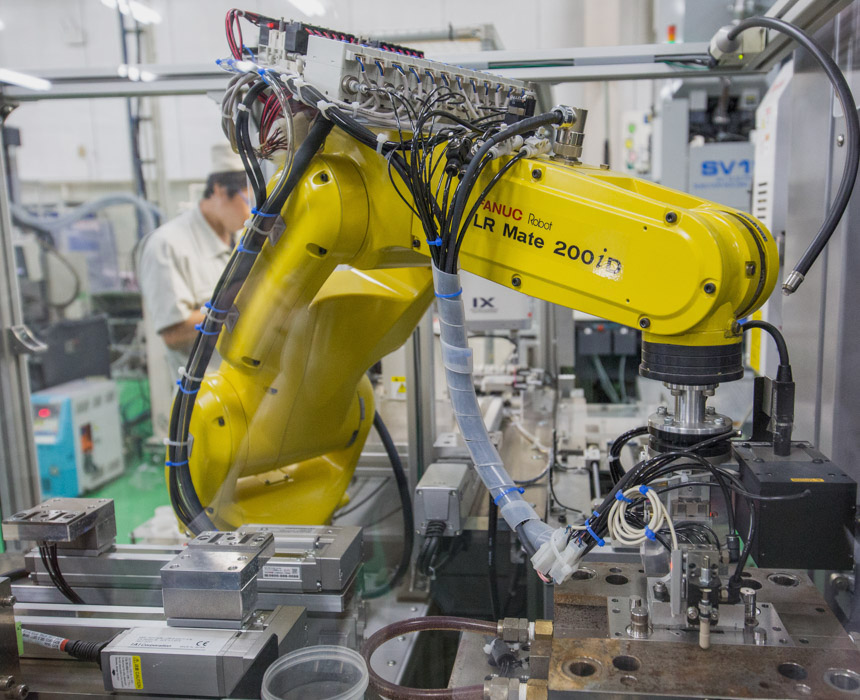
Casio, like other high-volume watch makers, uses a lot of intelligent automated techniques to produce watches – but the amount of hand-assembly is surprising. This is especially true among their more high-end watches that are priced around $500 and up. These watches are assembled in Japan (and now, Casio is making a concerted effort of reminding people as such in their marketing materials), with similar levels of care and effort as one might expect in a luxury mechanical watch. Moreover, even though many of these watches have a look that classic G-Shock watch lovers will recognize, the technology and materials used are distinctly high-end. Sapphire crystals, complex metal cases, sophisticated polishes and coatings, and nerd-beloved over-engineering are found throughout the products. The Casio G-Shock Mudmaster is a good example. Casio states that it is intended to appeal to rescue workers and other rough environment professionals who need a timepiece that they can operate with their gloves and that can resist mud and dirt.
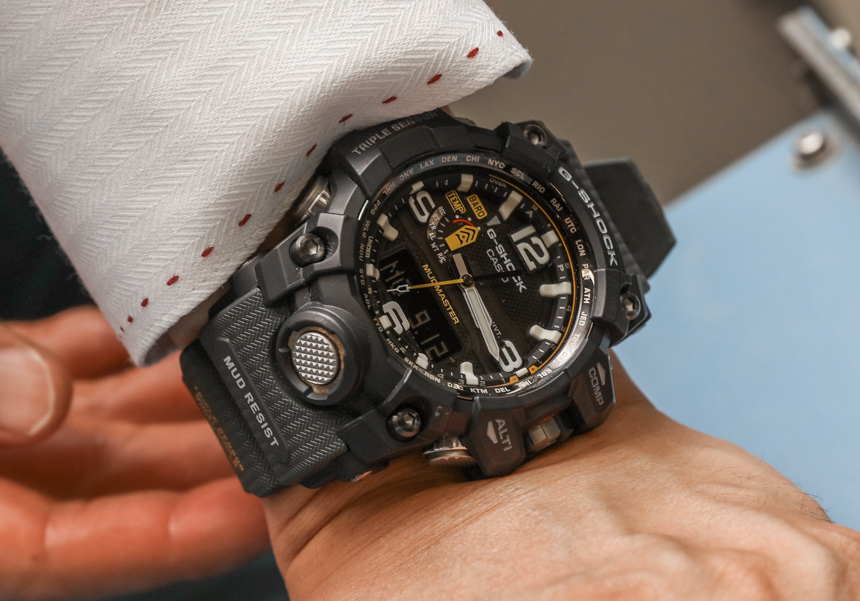
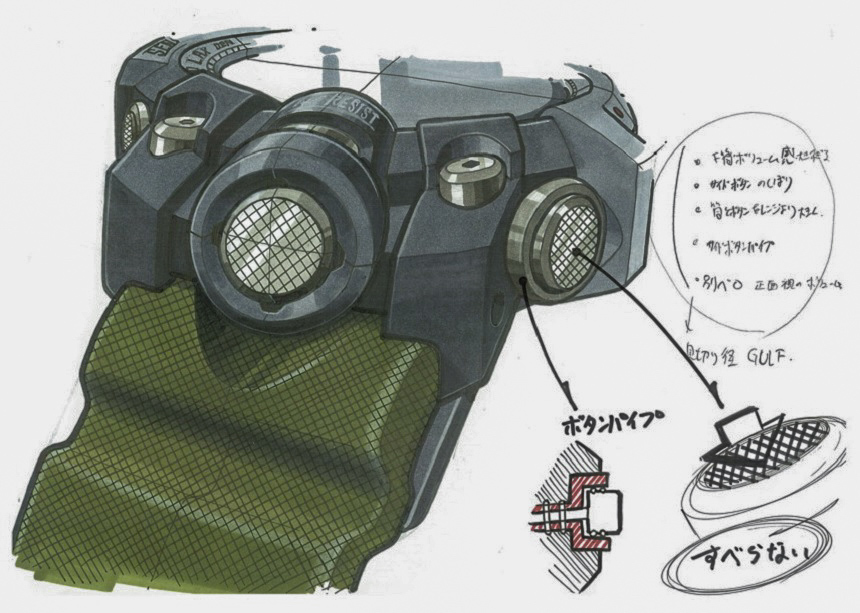
Casio continues to improve the Mudman and Mudmaster collection of watches to levels that its owners will probably never need. The pushers on the latest models are thoroughly engineered in some cases with up to four gaskets per pusher in order to prevent damage as well as both water and mud from entering. Yes, it works well, but I am sure even Casio is quick to admit that the population of people out there who require this functionality is extremely limited. More importantly, these are watches that gadget-lovers can appreciate and purchase (such as they do any luxury watch) in appreciation of the culture and craftsmanship that went into the engineering and design. It is the same mentality that prompts many people to buy a near-$9,000 Rolex Submariner, but just in a different flavor.

